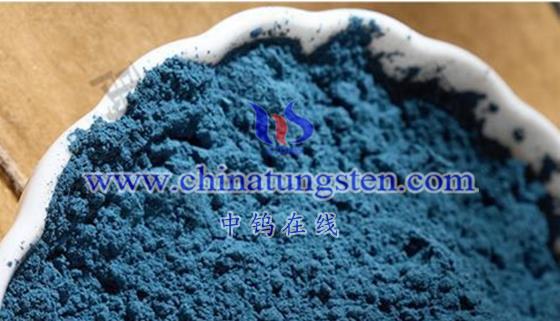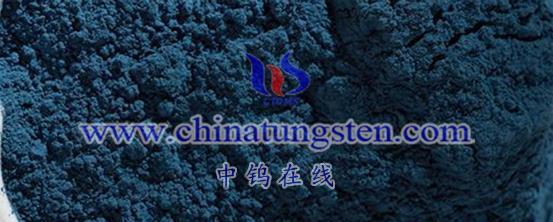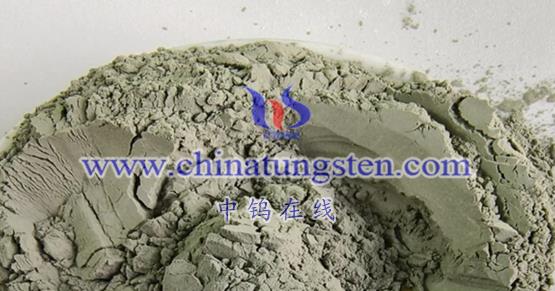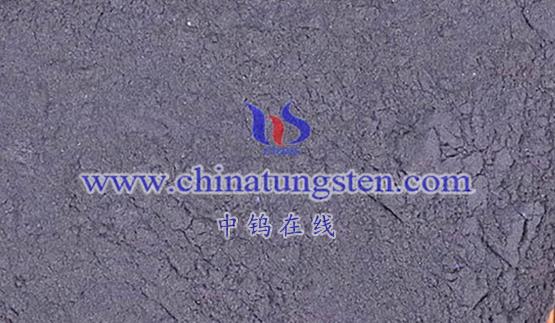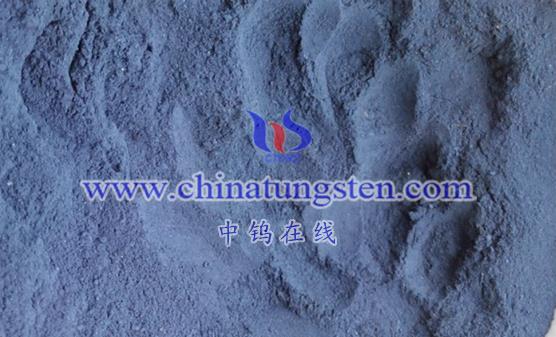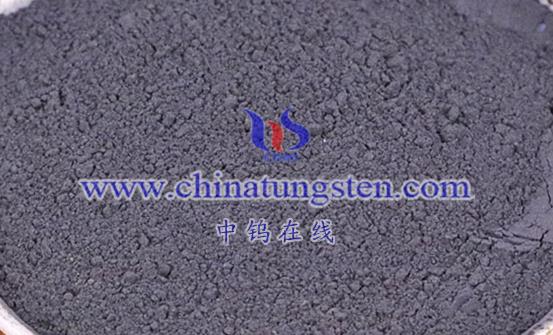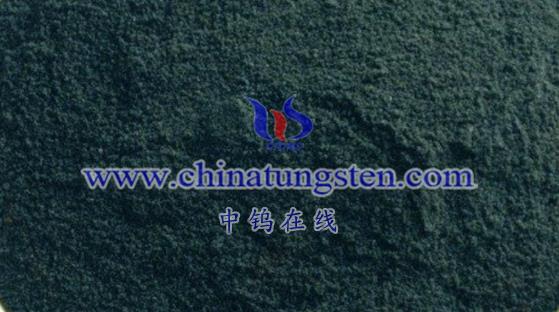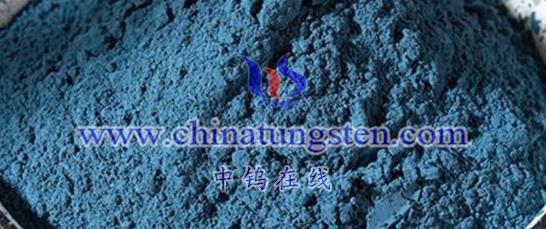
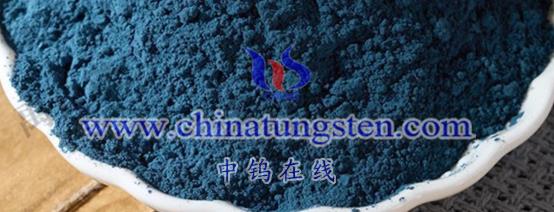
Tungsten bronze compounds and decatungstate tungsten bronze compounds have significant differences in their chemical composition, structure, and properties, as detailed below:
Chemical Composition of Tungsten Bronze Compounds
Tungsten bronze is a non-stoichiometric compound containing tungsten, typically represented by the chemical formula MxWO3, where M represents a metal element (such as alkali metals, alkaline earth metals, rare earth metals, etc.) and x is a value between 0 and 1. The composition of tungsten bronze can be adjusted based on the type of M and the value of x, imparting different physical and chemical properties.
Structure of Tungsten Bronze Compounds
Tungsten bronze usually has a cubic or tetragonal crystal structure. In the tungsten bronze structure, anionic octahedra connect at the vertices to form a network, creating triangular, quadrilateral, and pentagonal voids, as well as hexagonal voids.
Properties of Tungsten Bronze Compounds
Tungsten bronze exhibits high chemical inertness, being insoluble in water and all acids except hydrofluoric acid, while dissolving in alkaline reagents. It also has a certain degree of electrical conductivity or semiconductor properties, which depend on the type of M and the value of x. Tungsten bronze displays excellent mechanical, thermal, electrical, and optical properties, making it widely used in energy storage, coatings, petroleum chemistry, and other fields.
Chemical Composition of Decatungstate Tungsten Bronze Compounds
These compounds may combine the decatungstate anion (e.g., [W10O32]4-) with the tungsten bronze structure. The specific chemical composition will depend on the metal element M in the tungsten bronze part and the value of x, as well as the specific structure and ratio of the decatungstate anion.
Structure of Decatungstate Tungsten Bronze Compounds
Due to the introduction of the decatungstate anion, the structure of these compounds is likely more complex than that of pure tungsten bronze. They may form a network of anions and cations with specific arrangements and interactions.
Properties of Decatungstate Tungsten Bronze Compounds
These compounds may exhibit both the catalytic properties of decatungstate and the electrical conductivity or semiconductor properties of tungsten bronze. The specific properties will depend on their chemical composition and structure, which could lead to unique application prospects.
Summary of Differences
- Chemical Composition:
- Tungsten bronze compounds primarily consist of metal element M, tungsten, and oxygen.
- Decatungstate tungsten bronze compounds may also include the decatungstate anion.
- Structure:
- Tungsten bronze has a cubic or tetragonal crystal structure.
- Decatungstate tungsten bronze compounds may have a more complex structure involving specific arrangements and interactions between anions and cations.
- Properties:
- Tungsten bronze exhibits chemical inertness, electrical conductivity, or semiconductor properties.
- Decatungstate tungsten bronze compounds may display both catalytic properties and electrical conductivity or semiconductor properties.
More details of tungsten oxide product, please visit website: tungsten-oxide.com
Please contact CHINATUNGSTEN for inquiry and order of tungsten oxide:
Email: sales@chinatungsten.com
Tel.: 86 592 5129595
